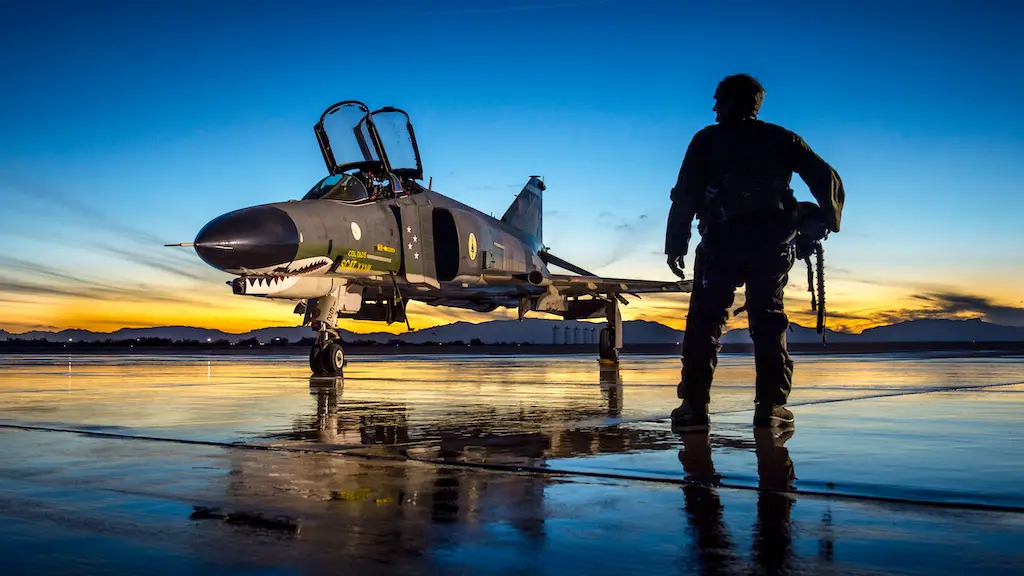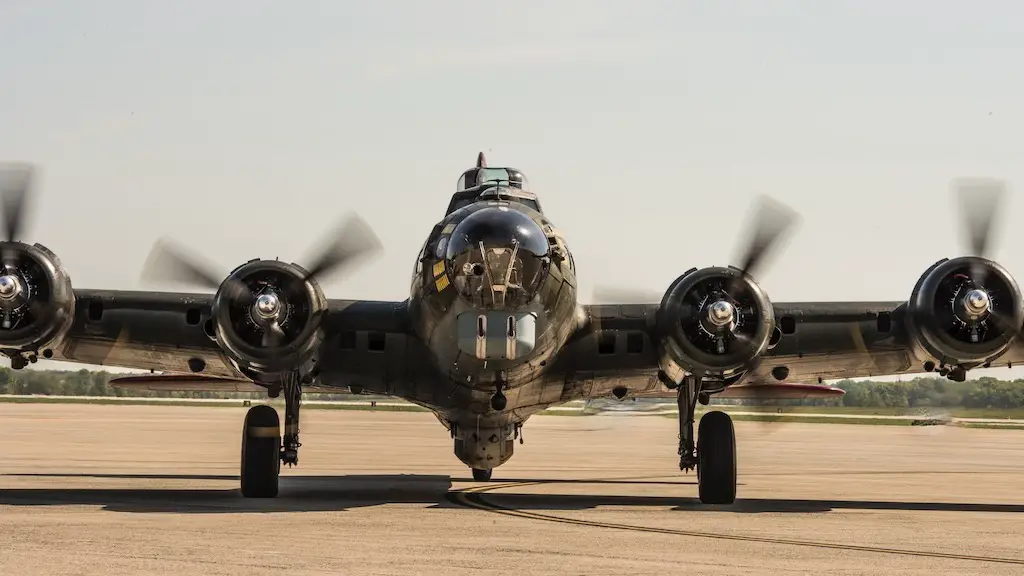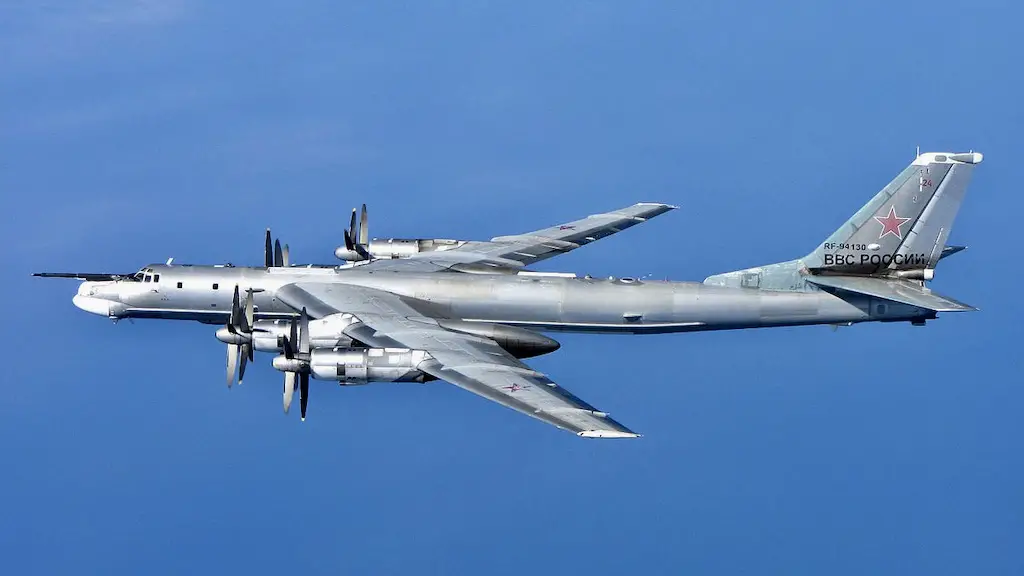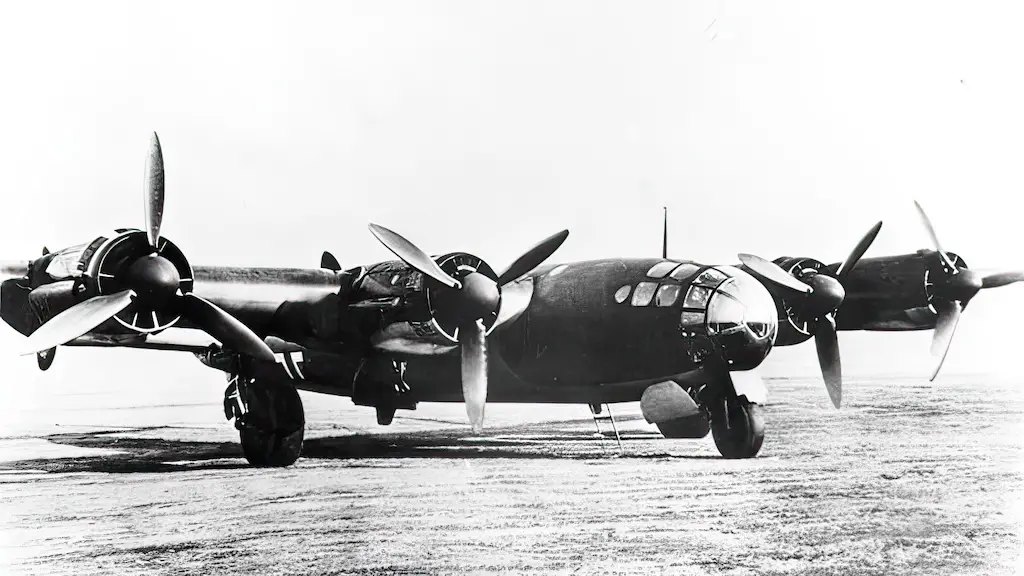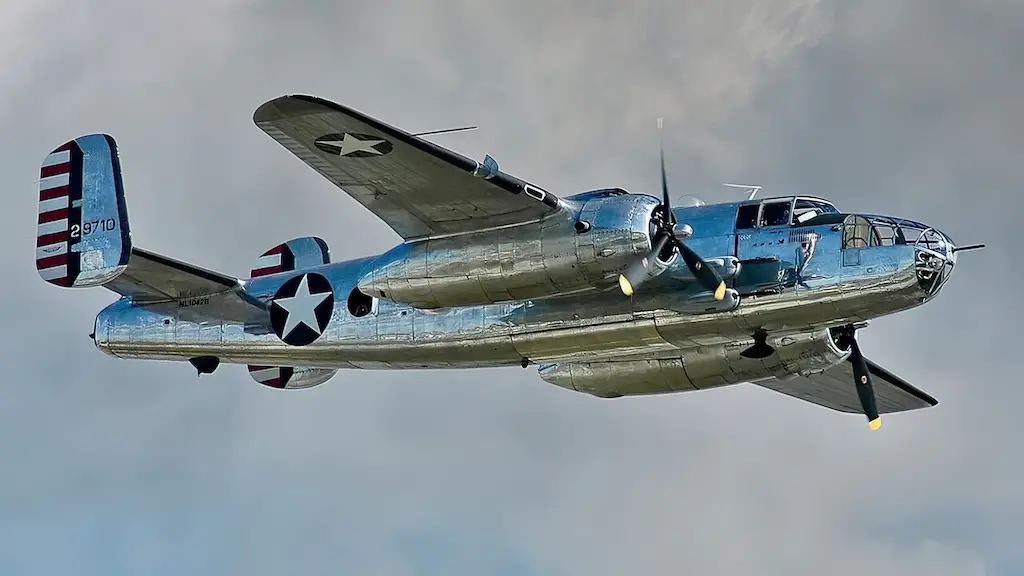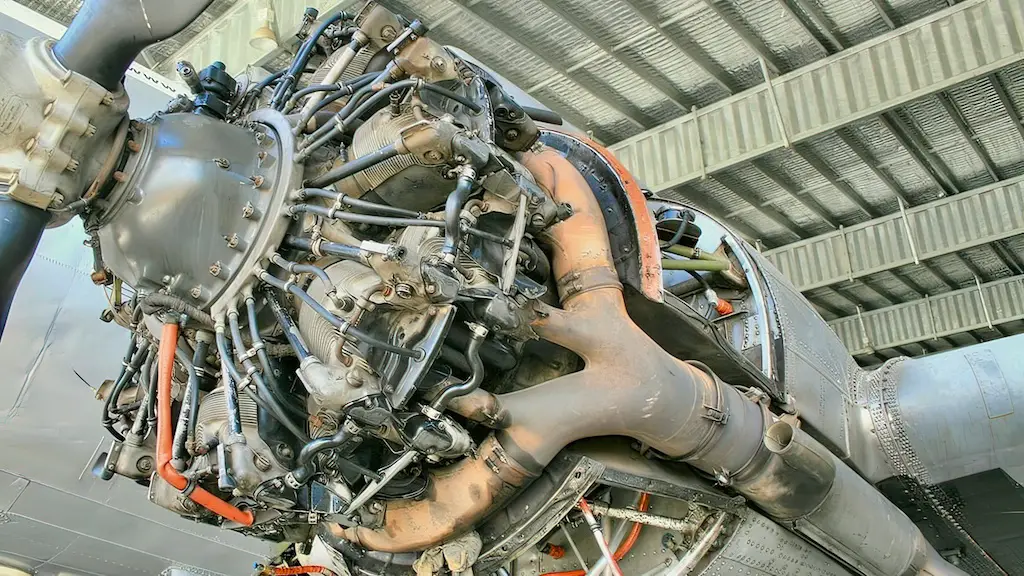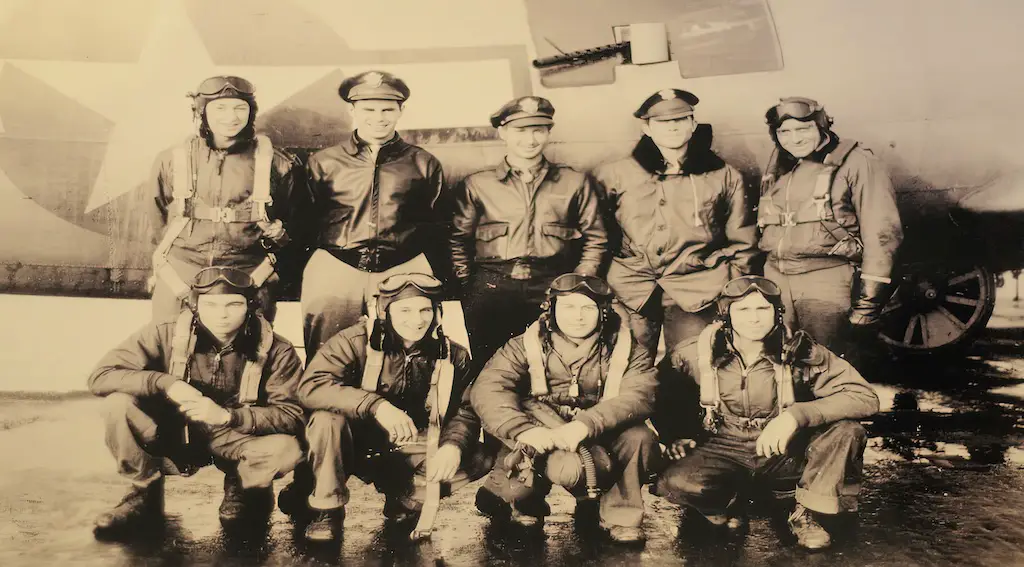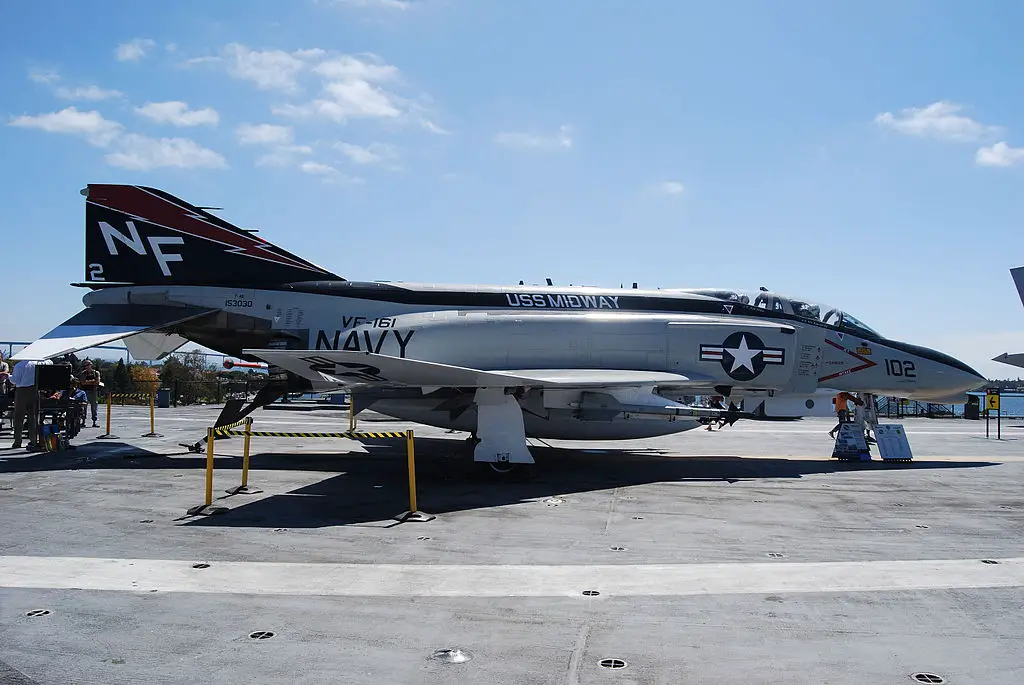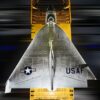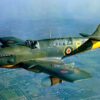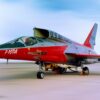Mission ready
On March 10, 1967, Capt. Bob Pardo and his back-seater, 1st Lt. Steve Wayne took off from a base in Thailand to bomb a North Vietnamese steel mill at Thai Nguyen, north of Hanoi. His wingman was Capt. Earl Aman, accompanied by second crew member Lt. Bob Houghton. Air defenses around Hanoi were very dense and both Phantoms got hit before even reaching the target. Still, they proceeded to fulfil the objective and dropped bombs on the steel mill.
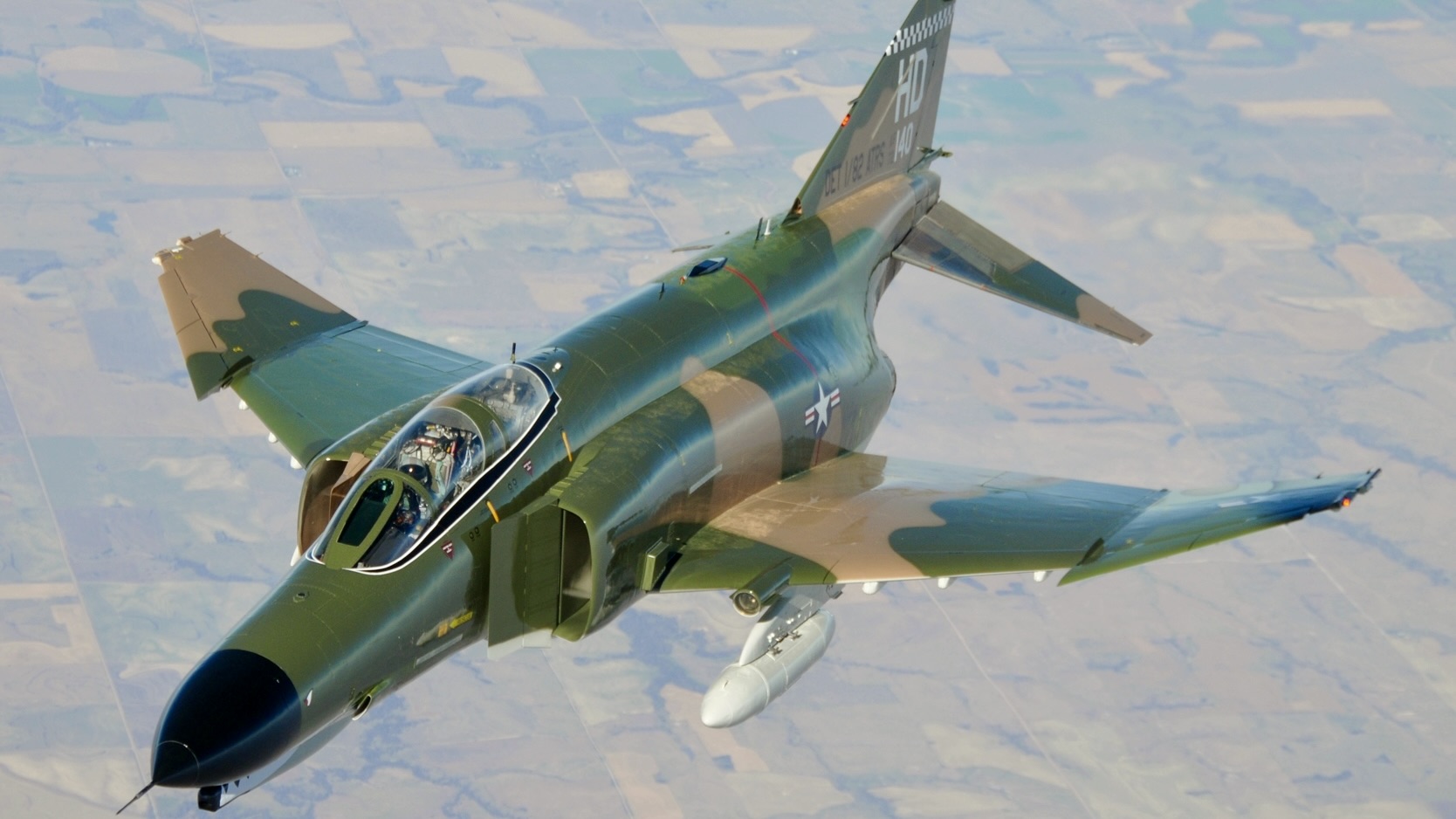
Returning to base
As they turned back, Pardo and Aman realized they might not make it back to the base – both aircraft were leaking fuel. Especially dire was Aman’s situation. Even reaching a U.S. flying tanker over Thailand to refuel in the air now seemed to be an improbable task. If Aman and Houghton ejected over the enemy territory, they were almost certain to be captured by the enemy.
On the other hand, had they managed to enter the air space of neighboring Laos and bail out there, they could expect to be picked up by friendly troops. Yet, even such a moderate goal seemed unreachable as Aman’s Phantom had almost run out fuel. Pardo was full of determination to save his wingman from captivity against all odds and he had an idea how to do that.
Good idea?
Pardo’s idea was, in fact, very simple. He wanted to literally push the ailing F-4, so that the thrust generated by his own Phantom’s still working engines would keep them both flying fast and high enough until they were out of Vietnam. The only question was how to do that in practice, as Phantoms were, of course, not equipped with any special hooks, bumpers or coupling devices.
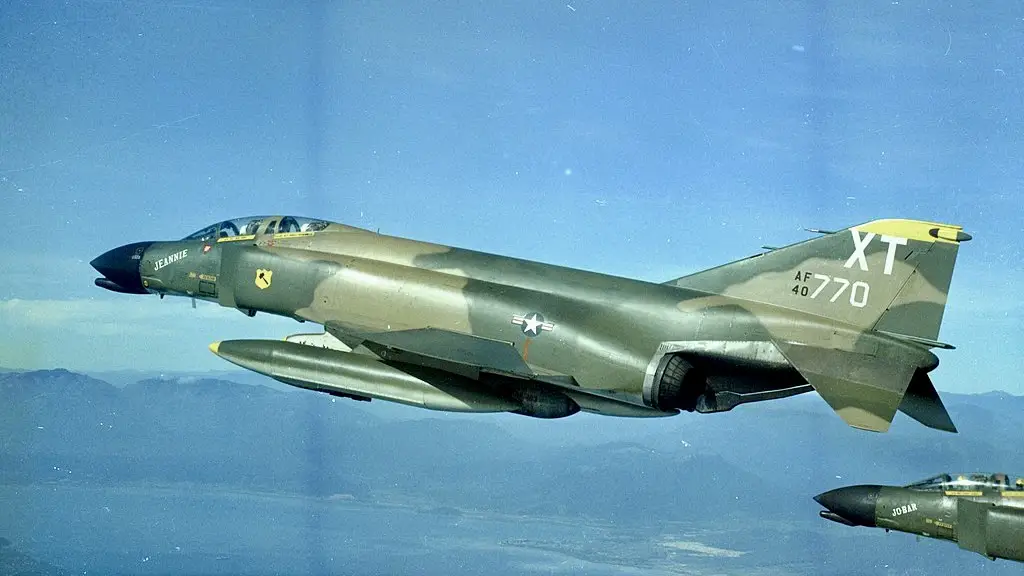
A better solution is needed
First, Pardo asked Aman to jettison his tail parachute to provide for a good push point at the rear end of his Phantom. However, Aman’s aircraft was producing so much turbulence that Pardo just couldn’t get close enough to push it that way.
As Pardo was looking for another solution, his eye caught the sight of a tailhook beneath Aman’s F-4 installed there for carrier landings. He radioed Aman to put the hook down and maneuvered his aircraft so that its windshield pressed against the hook from below. That worked! This simple and dangerous trick decreased Aman aircraft’s descent rate from 3,000 feet per minute to 1,500. Despite its engines being shut down now, propped by the fellow fighter it could now realistically make it to Laotian airspace.
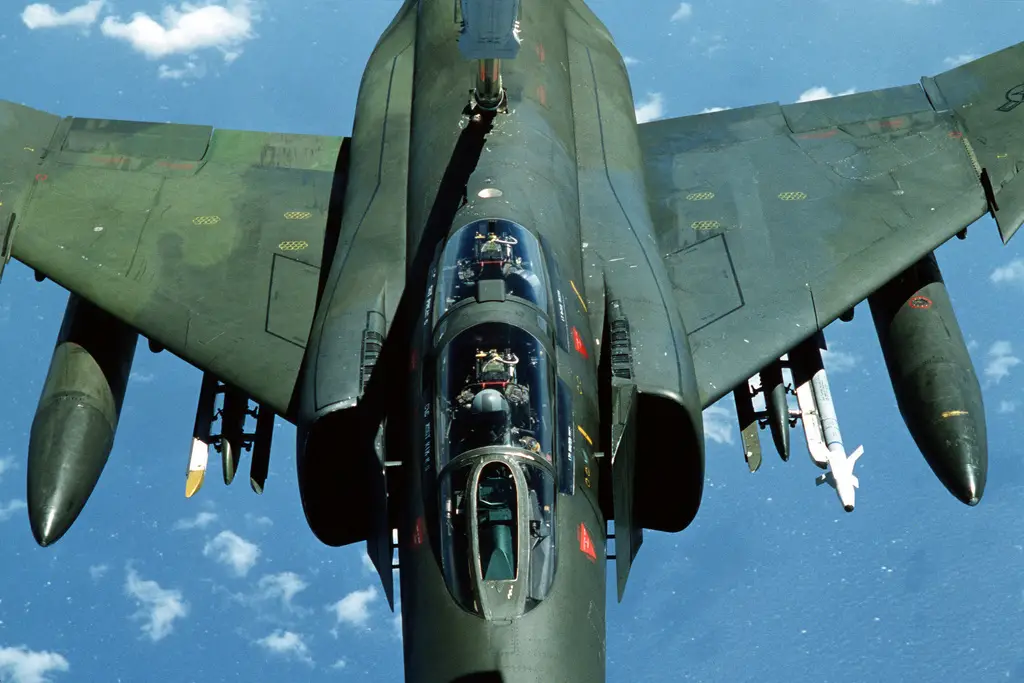
Piece of cake
Not that it was a piece of cake, of course. In fact, keeping the aircraft together required tremendous efforts. The hook would fly off the windshield now and then, so Pardo had to maneuver his aircraft delicately to set its canopy against the hook again and again. What’s worse, the tailhook made a spider-web crack on the windshield, putting Pardo and Wayne’s own lives at risk. On top of all that, one of the engines on Pardo’s plane, which had seen its share of damage from the anti-aircraft batteries, caught fire.
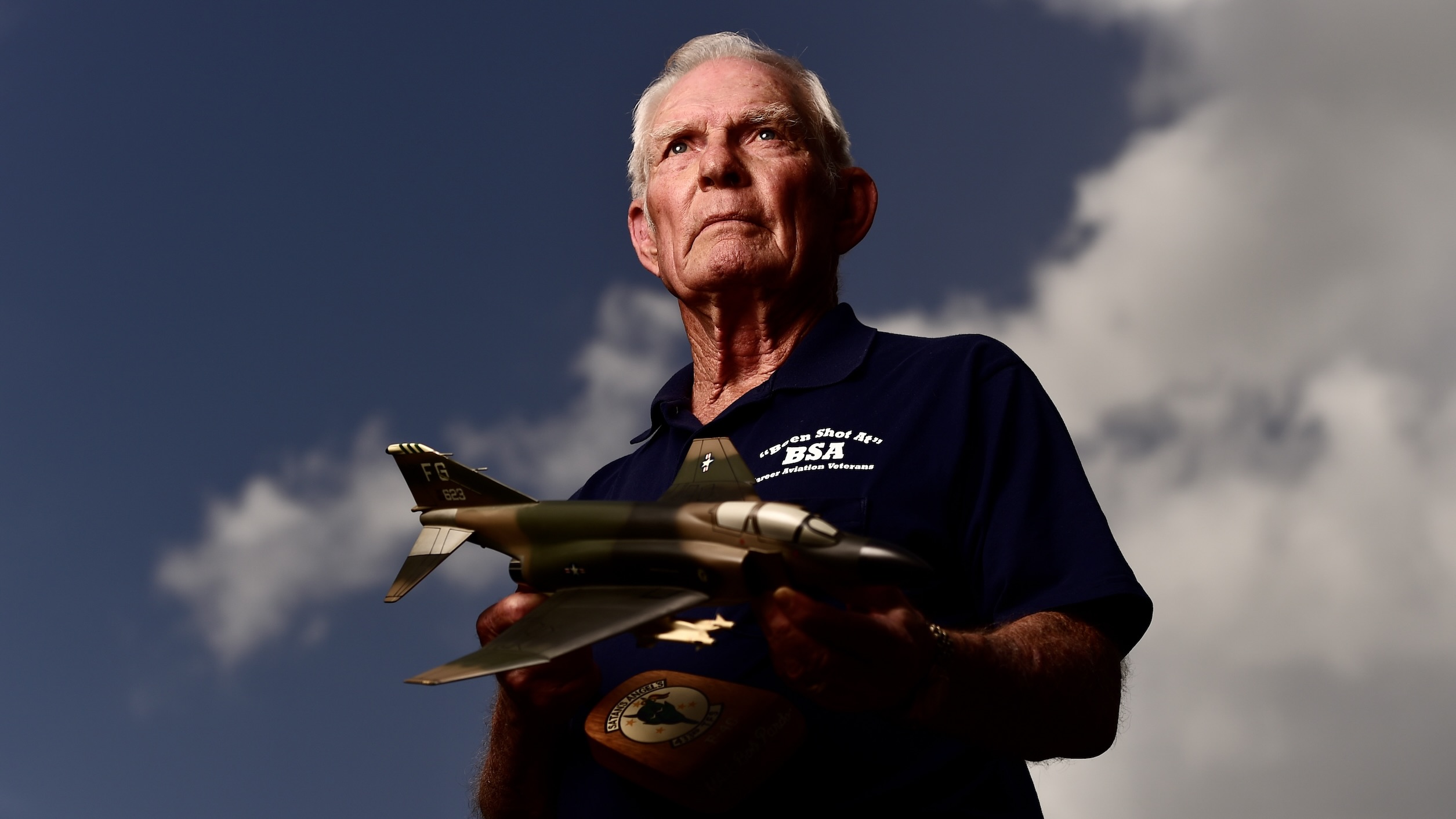
Eventually, they managed to leave the Vietnamese airspace and abandoned the two Phantoms, bailing out over Laotian jungle. Surviving pursuit by armed guerillas on the ground, they were recovered by helicopter rescue teams. Although at the time Pardo was reprimanded for losing an expensive aircraft, decades later his courage and gallantry were acknowledged and he and his back-seater Wayne were awarded a Silver Star.

